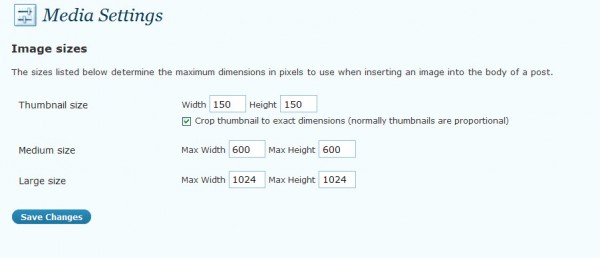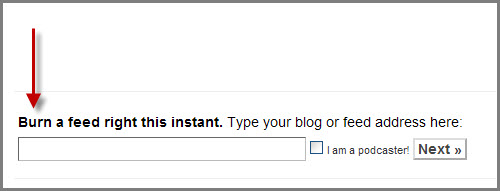WordPress Tip: “Crunching” and “Burning”
With a title like crunching and burning, it may sound like I'm writing about a painful illness, such as having leprosy with third degree burns and walking on sharp gravel. But actually this post is about the terms some companies use to try to make their applications look super-cool. If you're a web 2.0 company trying to establish your product as the bomb, all the rage, critical to being hip, etc. you can't use generic names and emotionless adjectives. You want to conjure up some inner appeal to coolness.
So when you upload images into WordPress, you see a progress bar that says "Crunching." Crunching is sexy. Crunching sounds exciting. Crunching makes you feel like you're on the edge of some new functionality that is so revolutionary, no other term can quite describe it. But really, all crunching means is resizing. When you upload images in WordPress, the image editor resizes the original image into three separate images: thumbnail, medium, and large.

The problem with using the term "crunching" rather than "resizing" is that, although it's cool, most users don't actually realize what's going on. They don't realize that they can set the dimensions that the image is being resized to. They don't realize this because crunching is vague. Crunching is eating grape nuts, or stepping on cheerios, or feeding tickets into Chuck-E-Cheese counting machines. Crunching rarely means resizing. The tradeoff for cool interface terms is confusion.
I've been uploading images into WordPress for my posts for months, always watching the crunching bar extend across the screen. Just last week I made the connection between the dimensions under Settings > Media and the sizes that the uploaded images "crunch" to. Making this connection has been tremendously helpful, and I can't help but wonder if better terms would have helped me see this connection earlier.

Even if WordPress kept the cute term "crunching," they should change the title of this page from Image Sizes to Crunching Sizes, or something.
Burning
Burning is another great example. Feedburner allows you to "burn" a feed, and when you go to their site, you're presented with a large field that says "Burn a feed right now?" It sounds cool to burn a feed. I've got a few things I'd like to burn, and the idea of watching a feed burn right before my eyes appeals to the pyro inside of me. Yeah, let's burn my feed. Right now. Burn baby burn. But like crunching, "burning" in the context of RSS feeds means almost nothing.

In fact, were Feedburner not the only application in its class (surprisingly), other services using clearer terms might fare a lot better. When you "burn" a feed, you're really just routing your feed through Feedburner. You can track hits to the Feedburner feed because you're routing it through them. Because your original feed is routed through Feedburner, you can keep the same Feedburner feed even if your original feed changes. Does "route" communicate all that? Not really. But it communicates more than "burn."
Companies face tough decisions. Give something a cool name, and you create a little community that speaks a unique language. This unique language may give users a sense of pride and exclusivity, possibly. On the flip side, the unfamiliar terms exclude newcomers and create confusion.
About Tom Johnson

I'm an API technical writer based in the Seattle area. On this blog, I write about topics related to technical writing and communication — such as software documentation, API documentation, AI, information architecture, content strategy, writing processes, plain language, tech comm careers, and more. Check out my API documentation course if you're looking for more info about documenting APIs. Or see my posts on AI and AI course section for more on the latest in AI and tech comm.
If you're a technical writer and want to keep on top of the latest trends in the tech comm, be sure to subscribe to email updates below. You can also learn more about me or contact me. Finally, note that the opinions I express on my blog are my own points of view, not that of my employer.
